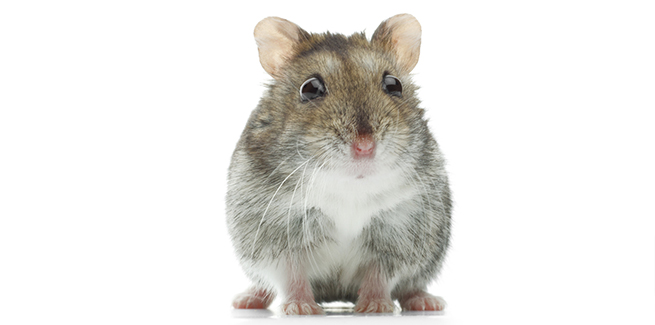Animals diagnosed with SARS-CoV-2: An update

356.
That’s how many companion and captive animals in the United States have been officially diagnosed with SARS-CoV-2 since the beginning of the pandemic. That number was last updated this past Tuesday.
A little more than half include household pets, which breaks down further into:
- 110 cats
- 97 dogs
- 1 ferret.
We know this because the US Department of Agriculture (USDA) maintains a list of all animals that have been confirmed with SARS-CoV-2 infections in the US by the agency’s National Veterinary Services Laboratories.
When you take those 208 companion animals out of the picture, you’re left with 148 captive animals, which means animals that live in zoos—perhaps most famously the Malayan tiger at the Bronx Zoo who came down with SARS-CoV-2 in April of 2020. That number breaks down to include:
- 49 tigers
- 50 lions
- 21 gorillas
- 8 otters
- 2 spotted hyenas
- 1 binturong (also known as a bearcat)
The USDA list of confirmed SARS-CoV-2 cases in animals also includes 17 mink in a separate category: mink farms, as farmed mink are considered neither companion, captive, nor wild animals.
They are, however, considered to be capable of transmitting the virus to humans. And sadly, that led to culling.
Millions of minks were killed in the Netherlands, Denmark, and Spain in the spring and summer of 2020 in an effort to control the spread of the virus—to limited effect.
More recently, hamsters in Hong Kong met the same fate. A recent study, in which the authors present evidence that suggests there have been two separate hamster-to-human transmissions, led health authorities in Hong Kong to request that pet shops and people with pet hamsters hand over close to 2,000 hamsters for culling.
That study has not been peer-reviewed.
The USDA list also includes white-tailed deer, although not a specific number. White-tailed deer have been known to be susceptible to SARS-CoV-2 since 2020. They’re even susceptible to variants of the virus: white-tailed deer on Staten Island recently became the first wild animals with documented Omicron infections and are considered a possible reservoir for future mutations that could, possibly, infect the human population, although there’s no evidence that any deer-to-human transmission has occurred so far.
Meanwhile, the role of companion animals in coronavirus transmission has been studied and debated since the start of the pandemic, but infection for the most part appears to be a one-way street, with pets catching the SARS-CoV-2 virus from their owners and generally recovering quickly.
The good news: as of January 5 of this year, the US Centers for Disease and Control (CDC) still maintains that, based on the available information to date, the risk of any animal spreading SARS-CoV-2 to people is low.
Mink (and possibly hamsters) being the exception.
Photo credit: © Kerrik/E+ via Getty Images



